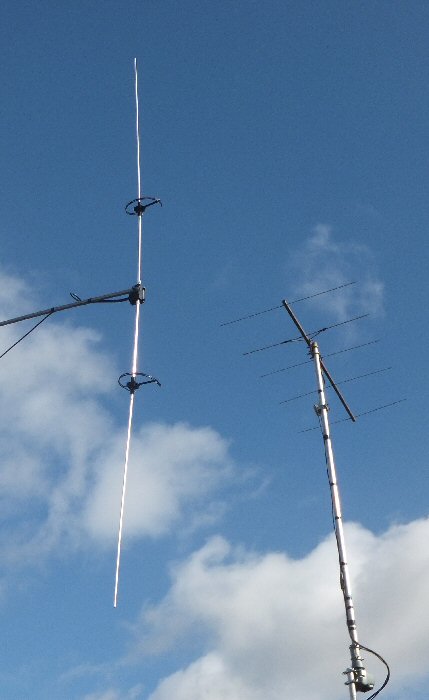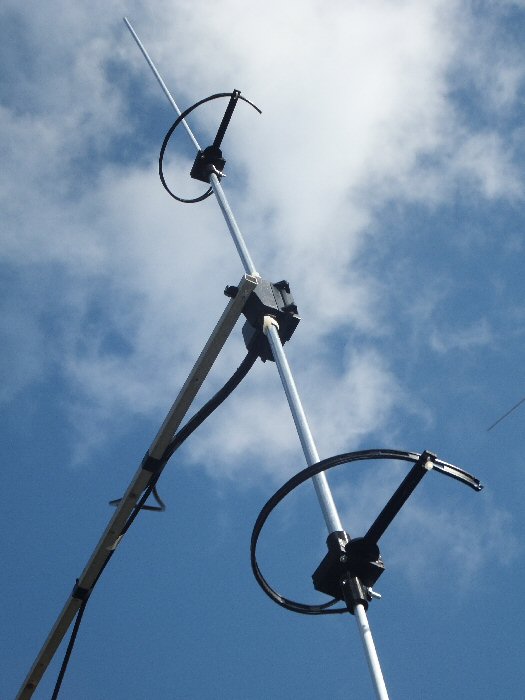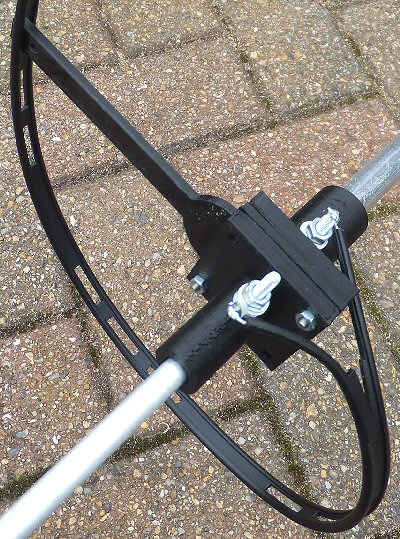Three element collinear array for the 2m amateur band
using 3D printed parts


Photo 1: The vertically mounted 2m band experimental three element collinear array shown near a 5 element 2m Yagi for comparison.



|
Tube holder I ".stl" file ".g" file ".scad" file |
Tube holder II ".stl" file ".g" file ".scad" file |
Delay Line holder ".stl" file ".g" file ".scad" file |
my radio page |
my antenna page |
back to 3D page |
THE CREATIVE SCIENCE CENTRE
home | diary | whats on | CSC summary | latest news